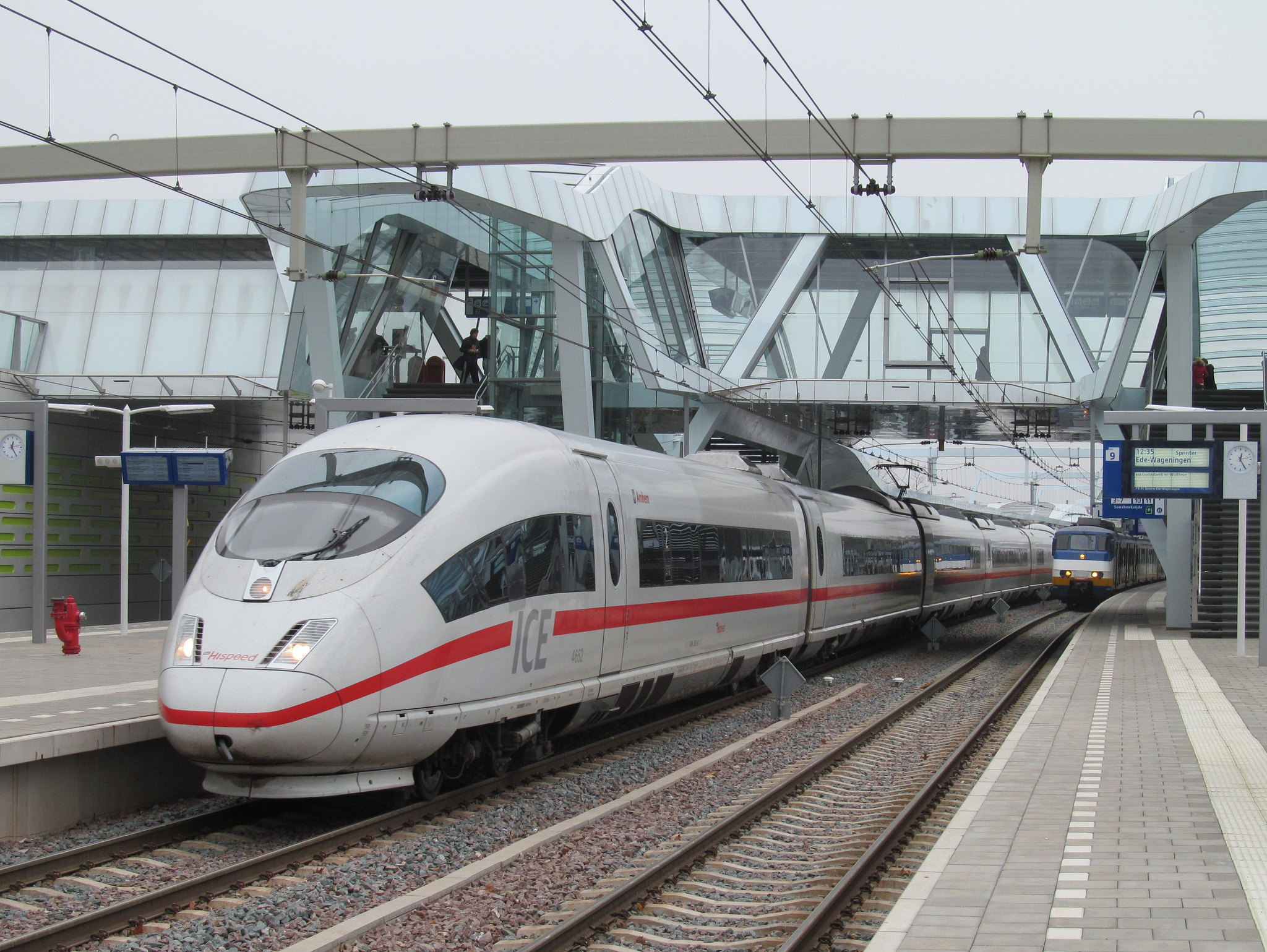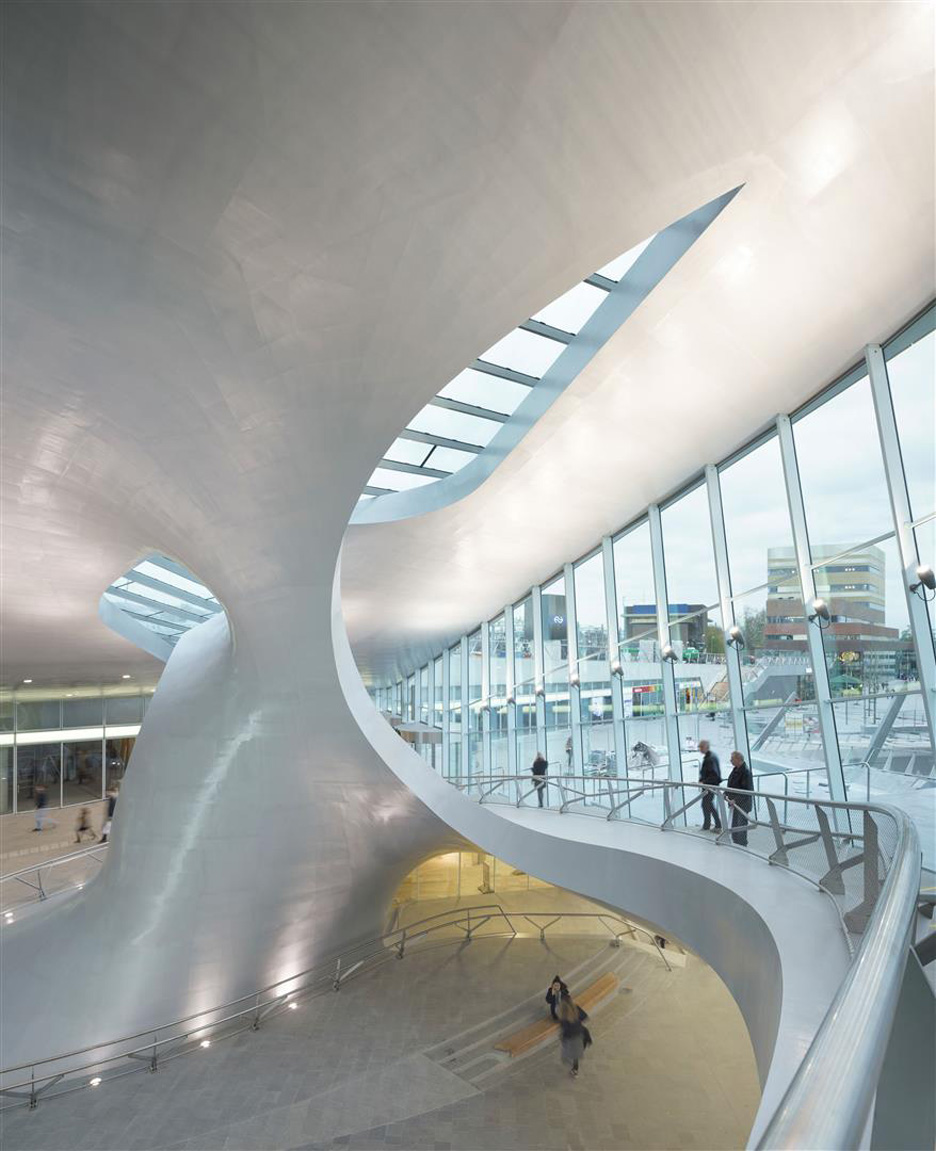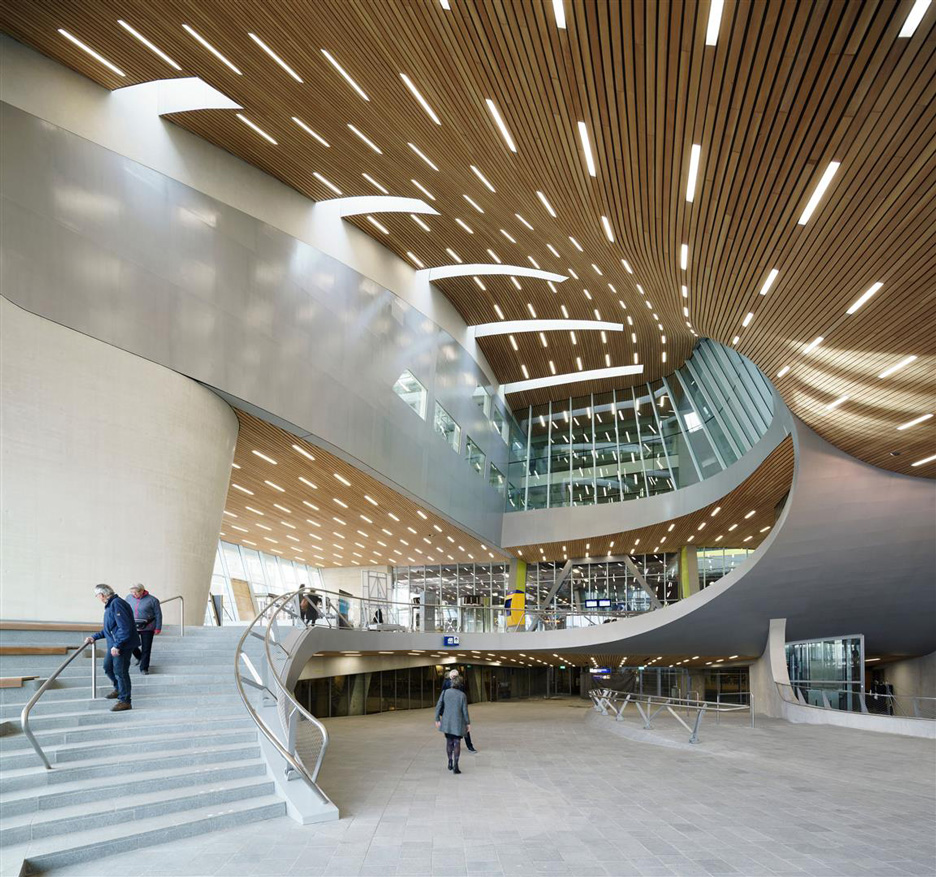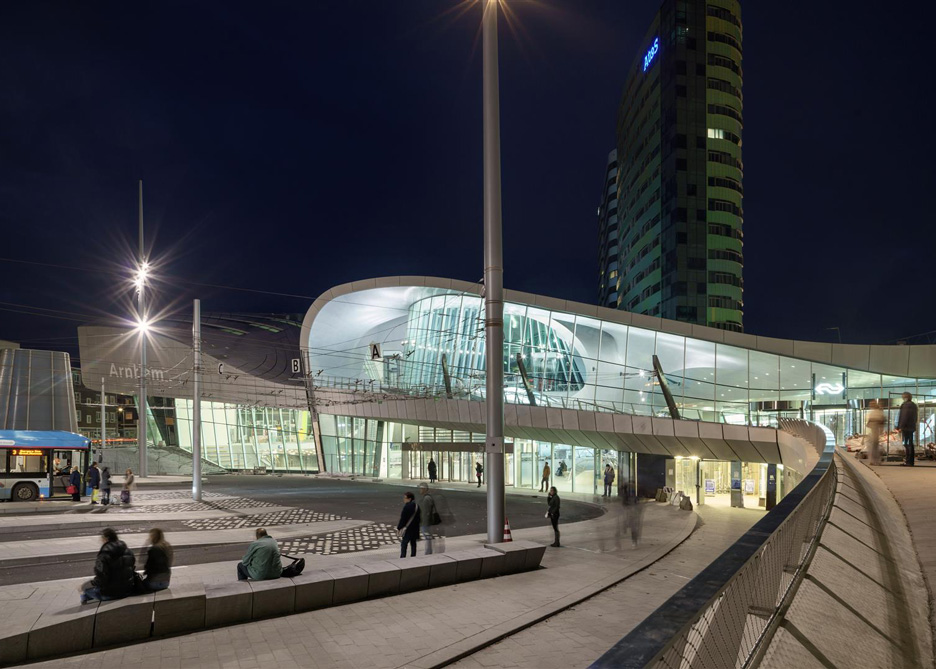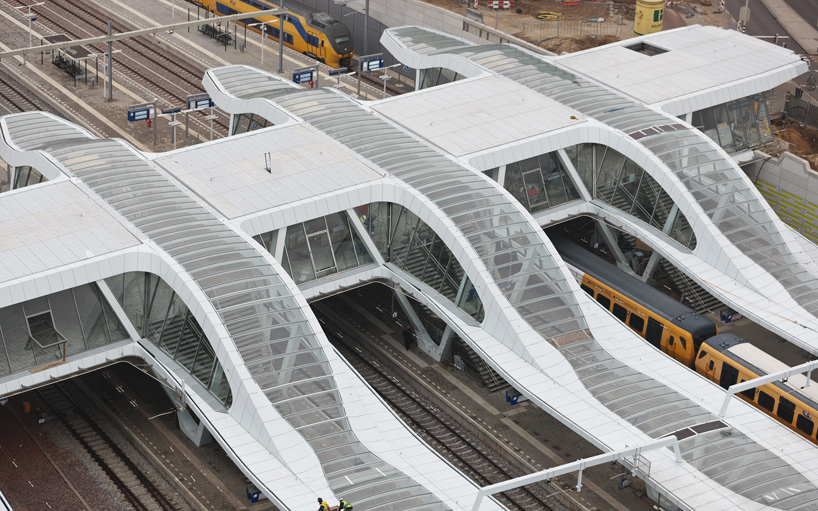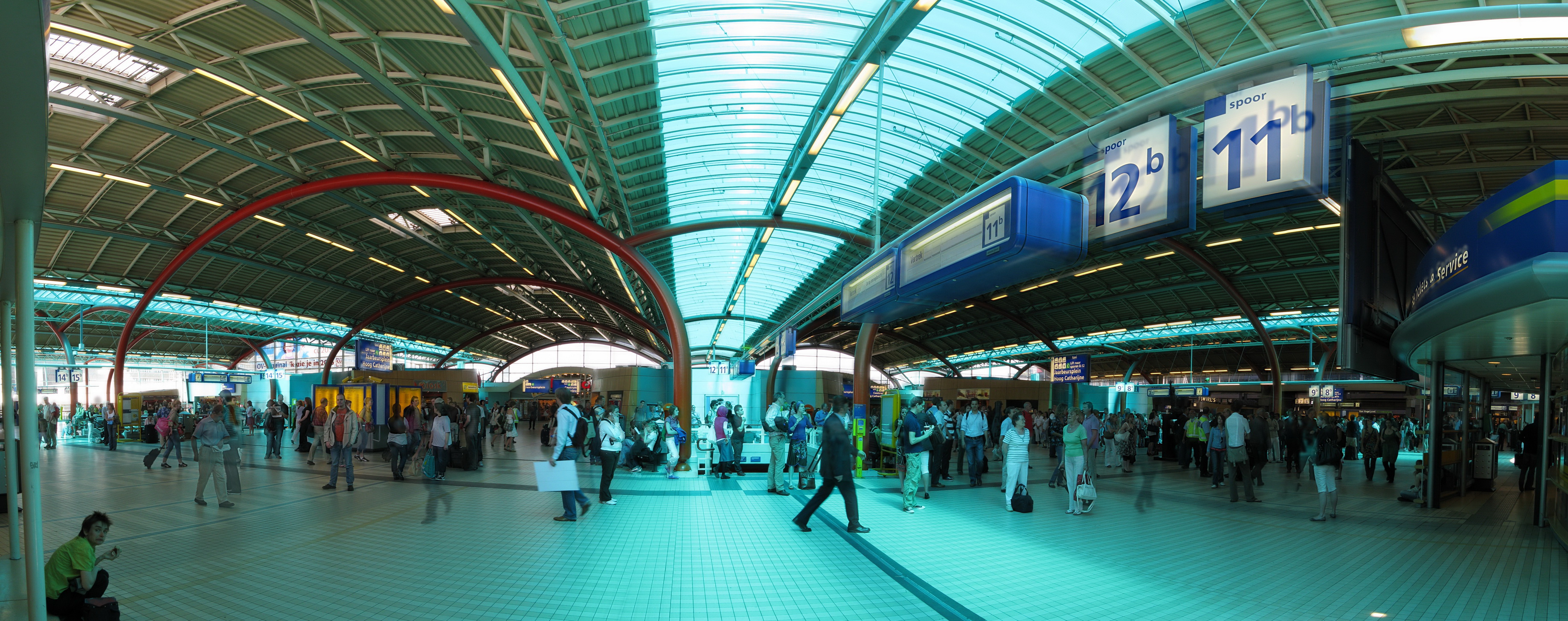Amsterdam–Arnhem railway
The railway line from Amsterdam to Arnhem, also Rhijnspoorweg, is a railway line between Amsterdam and Arnhem in the Netherlands. The railway line is one of the most important in the Netherlands, and the most important rail route for the cross-border traffic towards Germany. The distance is about 92 kilometers.
History
The first section of the route between Amsterdam and Utrecht CS Weesperpoort, was opened on December 18, 1843 and was the first railroad in the Netherlands. On June 17, 1844, the second section between Utrecht CS and Driebergen- Zeist was inaugurated. On March 15, 1845 between Driebergen- Zeist section and Veenendaal de Klomp, and two months later the portion of Veenendaal - De Klomp to Arnhem followed. The entire line was initially built in 1945 mm broad gauge, but did not fit this profile with the German rail network agree, which is why the route had to be completely rebuilt in 1855 on standard gauge.
Nearly eleven years after the completion of the original route towards Germany was further built. The section to the German border at Zevenaar the railway line Oberhausen- Arnhem was opened on 15 February 1856. Through the construction of these routes the trains from Amsterdam were able to reach the German cities of Duisburg, Dusseldorf and Cologne on the main line of the Cologne -Minden Railway Company.
The last section of the station Amsterdam - Weesperpoort to Amsterdam Centraal Station was opened on 15 October 1939. The electrification with the usual at this time of 1,500 volt DC found on the piece from Amsterdam to Arnhem on April 7, 1938 the section from Arnhem to Emmerich am Rhein held on 22 May 1966. Meanwhile, the portion to Utrecht for the change to the international standard now 25,000 volts AC is prepared (50 Hertz).
Train services
Currently operating on the complete range the Intercity trains from Nijmegen to Den Helder, and ICE International from Frankfurt to Amsterdam and international night trains from City Night Line. In parts of the route also operate the InterCity trains from Nijmegen to Schiphol, Maastricht / Heerlen to Amsterdam and Eindhoven to Schiphol, and the regional trains from Arnhem to Ede - Wageningen, of ( rush hours: Amsterdam - ) Breukelen after Rhenen and Amsterdam about Breukelen and Woerden to Rotterdam.
Expansion Amsterdam- Utrecht
This section has been expanded from 2 to 4 tracks. Slow trains primarily use the inner tracks, the fast trains use the outer tracks. The line was thereby extended for a maximum speed of 200 km / hr. The track has been provided in the expansion with an overhead line, which can be converted to 25 kV 50 Hz. As command also ETCS Level 2 is installed in addition to the traditional Dutch ATB command. The latter system is still in test mode. In contrast to ACE which is possible with ETCS signaling speeds above 140 km / h. At the same time also trassierte for high speed turnoff Utrechtboog was built in Amsterdam Bijlmer, the direct trains from Utrecht allowed to Schiphol Airport Station.
Planning
Planning before actually saw to build a new high-speed line parallel to the track. This was to be called HSL -Oost. However, these plans were discarded. New plans envisage that the track is advanced so that speeds of 200 km / h are possible.
- 1435 mm
- Railway line in the Netherlands
- Track width 1945 mm

